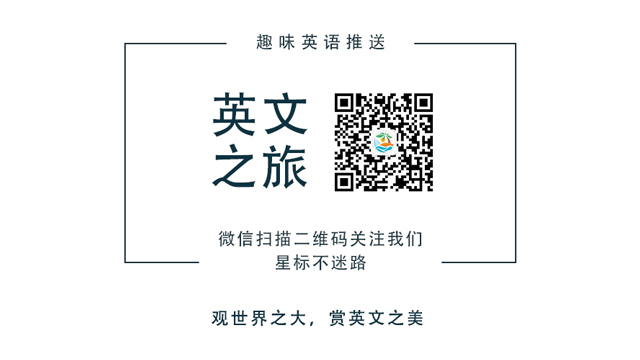在英语中,通常使用句号(英式英语称“full stop”,美式英语称“period”)、问号(question mark)和感叹号(英式英语称“exclamation mark”,美式英语称“exclamation point”)来结束句子。
1. 紧接着句号、问号和感叹号的新句子的开头首字母需要大写。比如:
- They'd have gone bust if they hadn't snagged that contract from their rivals. It was quite a coup for them.
要不是他们从对手那儿抢到了合同,他们早就破产了。这对他们来说真是成功的一着。 - Why bother to write? We'll see him tomorrow.
还费事写信干什么?我们明天就见到他了。 - Now they want to tax food! Nobody knows what will happen next.
他们竟然要对食品收税!没有人知道接下来将会发生什么事。
2. 在语法上不完整的句子结尾一般不用句号、问号和感叹号。但有时会为了表示强调而使用句号和大写字母把短语或分句隔开。比如:
- 正确用法:We will get your order to you as soon as possible.
错误用法:We will get your order to you. As soon as possible.
中文翻译:我们将会把您的订货尽早送达。 - 常规用法:People are sleeping out in the streets in USA in the 21st century just because there is extreme unfairness in society.
强调用法:People are sleeping out in the streets. In USA. In the 21st century. Just because there is extreme unfairness in society.
中文翻译:人们露宿街头。就在美国。就在21世纪。就因为社会存在着极度的不公平。
3. 在许多缩略语的后面可以接句号,不过这一用法在现代英式英语中通常被省略,而在美式英语中保留。比如:
- 中文原文:谢谢你,主席先生。
英式用法:Thank you, Mr Chairman.
美式用法:Thank you, Mr. Chairman.
4. 在间接疑问句的后面使用句号,而不使用问号。比如:
- I asked him when he'd be back to pick me up.
我问他什么时候回来接我。
